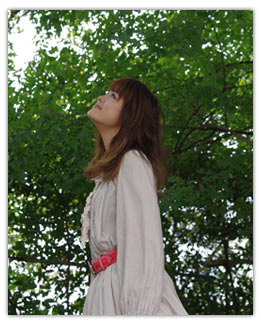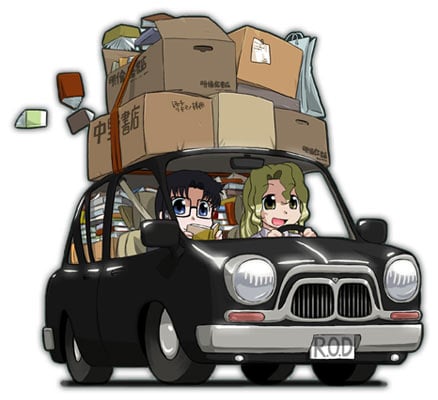It’s interesting how Japanese society divides itself into different tribes, or zoku, which always seem to come with interesting and well-defined labels attached. Like the trend in “herbivore men” who are more laid back and less assertive in life, and the matching rise in “carnivore women” who openly show ambition and pursue relationships with men they’re attracted to. In the Tokyo fashion world, the big trend is Ageha (ah-geh-ha) girls with big, fluffed up hair known as mori hair, with mori meaning “piled up” like spaghetti on a plate. A counter-movement has begun, however, called mori girls, written with the kanji for “forest” and describing girls who like simple fashions and all natural fabrics. According to AnAn magazine, the new fashion trend to watch for is bosatsu danshi or “Buddha Boys,” which describes slender, fashion-conscious males who aspire to a form of personal beauty that approaches the perfection of a Buddha statue. You should take these terms with a grain of salt, however, as they are often invented by Japanese magazines who want the credit for popularizing a new trend and may not all be valid, perhaps like the “skirt boys” who are supposedly wearing ladies skirts around Tokyo, which I’ve never seen. Many of the terms we use today, such as yaoi/bara, yuri and even otaku were popularized by various magazines who were attuned to changes in popular culture. (You can see our great selection of Japanese fashion magazines for both guys and girls on our Fashion Magazine & More page.)

The Japanese media loves to attach labels to new trends, like the new “Forest Girls.”















